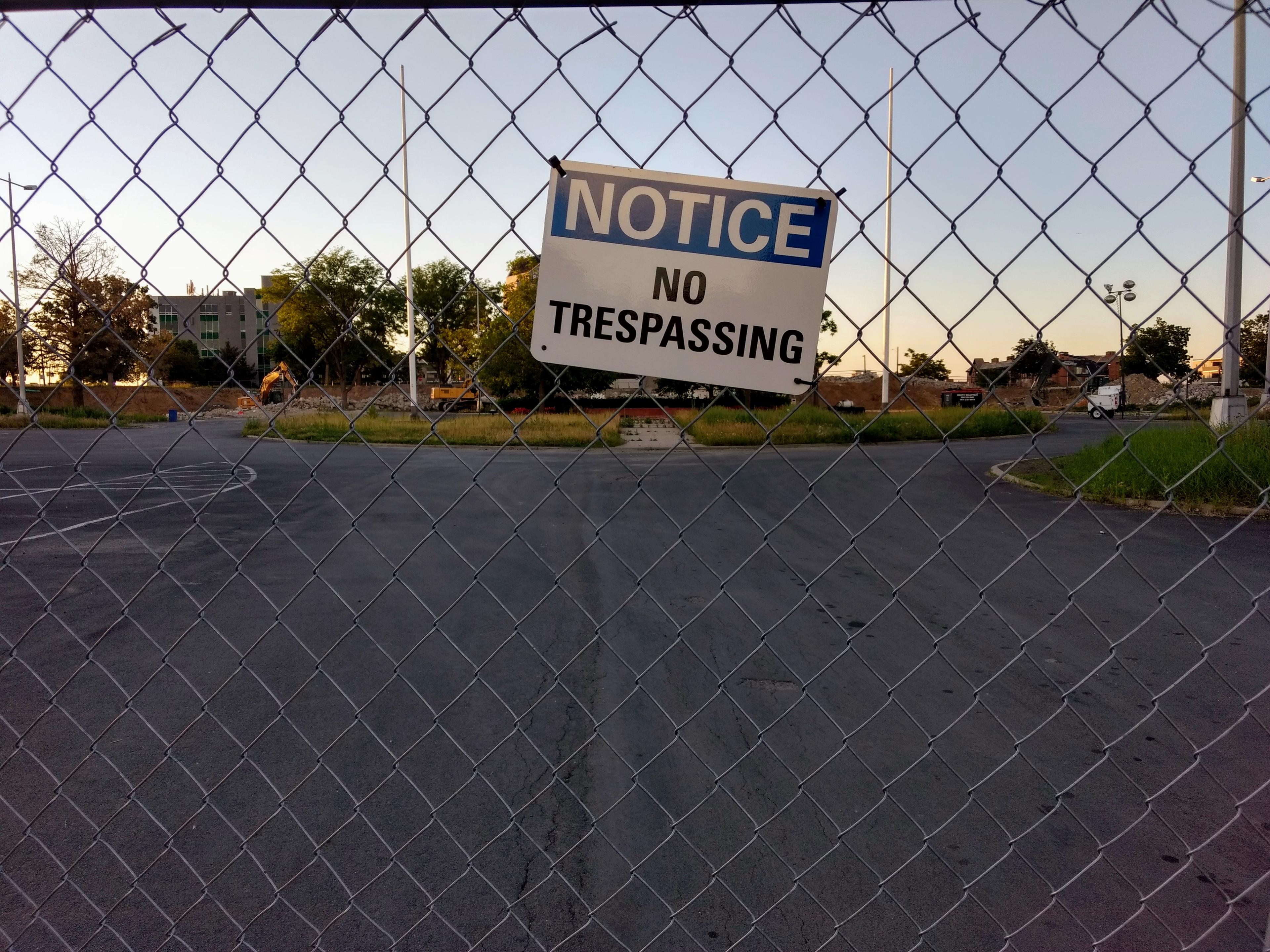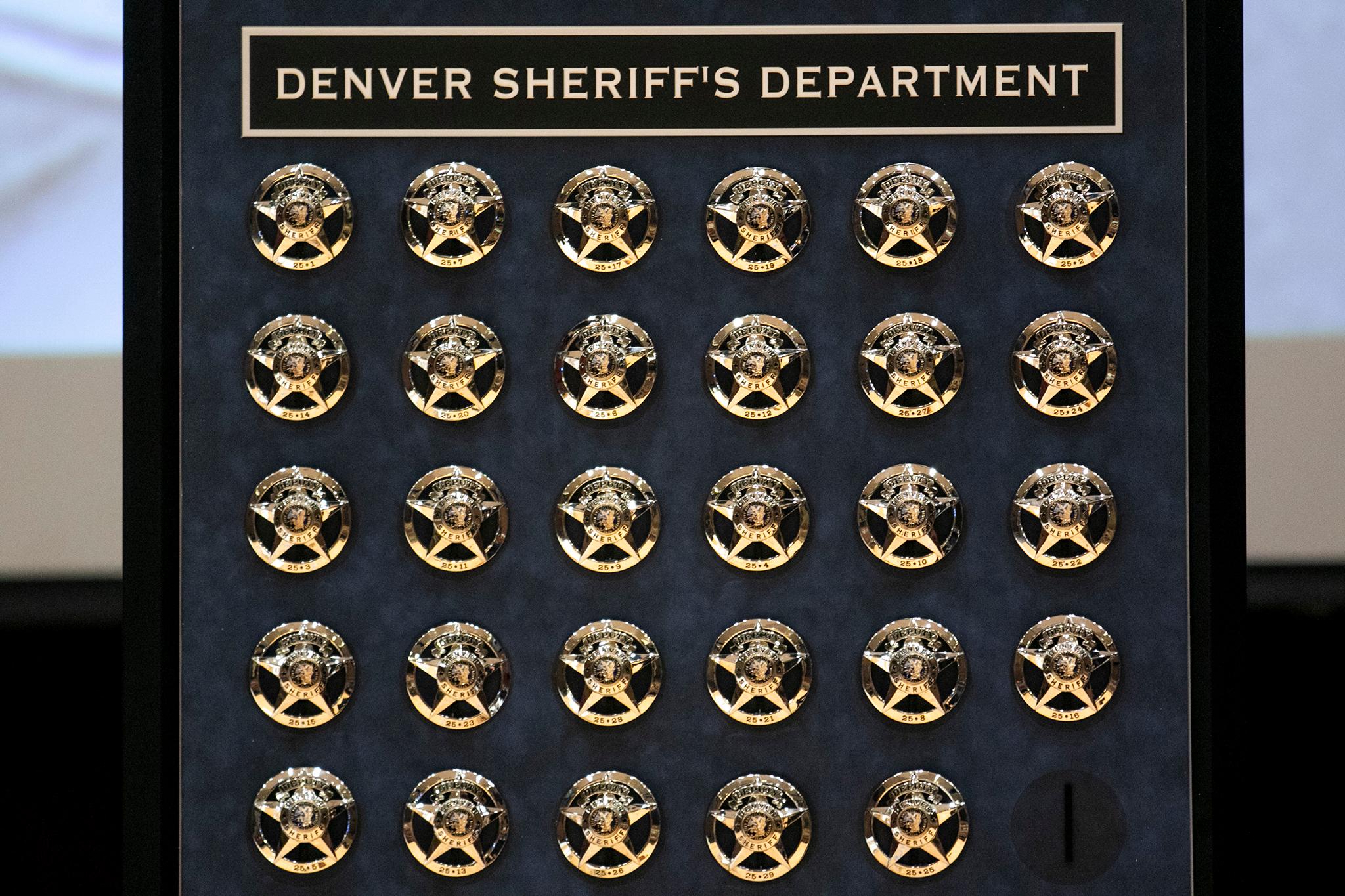A consultant for the Denver Urban Renewal Authority has found reason to believe the old Colorado Department of Transportation headquarters in Virginia Village is blighted.
If City Council agrees on what is a legal definition -- not a reflection on the neighborhood -- development at the site could be subsidized by property and local sales taxes collected in the area that would otherwise go to the city, DURA Executive Director Tracy Huggins said at a neighborhood meeting Wednesday.
Huggins spoke at the Virginia Village Library, a few blocks from the rubble that is now all that remains of the CDOT headquarters at 4201 E. Arkansas Ave. Some 600 state employees once worked at the 13-acre site. CDOT headquarters is now at Colfax and Federal.
At the meeting at which Huggins spoke, Virginia Village residents also heard from officials from Kentro Group, which hopes to buy the site for $14 million and develop it at a yet-to-be-determined cost. In December, City Council approved a rezoning request that opened the way for Kentro to build a dense residential and retail project on the CDOT plot that will likely be home to hundreds of new neighbors. It is likely to be years before the project is completed.
It's the density element that had drawn vehement opposition from some residents.
Wednesday, residents heard from Jimmy Balafas, a Kentro managing partner, who said public funding would be necessary to realize his company's vision, which includes 150 apartments with rents that would be affordable for families earning no more than 60 percent of the area median income. Kentro says the new residents will be plugged into walking, biking and public transit systems that will lessen their impact on traffic, and that it is looking at other traffic solutions.
Tax increment financing, DURA's funding tool, involves determining how much more in tax revenues would be created by new development of a blighted area -- in this case off a base of zero, because CDOT paid no taxes when its headquarters sat at the site. Under tax increment financing, the new revenue is diverted to specific projects that address community needs and the conditions that led to the blight designation until those conditions have been addressed, after which the revenue would go to the city.
City Council would first have to declare the area blighted. DURA's Huggins said a consultant was hired to make an initial assessment. Among the reasons the consultant said made a case for blight were inadequate public improvements or utilities; unsanitary or unsafe conditions and a finding that the site was substantially underutilized. Huggins stressed that the consultant did not take into account the condition of the CDOT structures.
Huggins said the process of determining how much tax increment financing might be necessary was in very early stages and it would likely be months before City Council would be asked to make a blight determination. She pledged further but so far unscheduled public meetings to update the neighborhood.
City Councilman Paul Kashmann, whose district includes Virginia Village, was the only council member to vote against the rezoning in December. Kashmann, echoing concerns expressed by residents, said then that Kentro's plan was too dense, that he was worried about additional traffic and that he wanted more open space included.
Kashmann attended Wednesday's meeting but did not speak. Thursday, he told Denverite he's yet to hear the details he would need to decide how he would vote on a blight proposal. Among other things, he would like to see a plan for ensuring traffic "won't flood the neighborhood."
"The theory is that DURA gets involved to allow the project to be built in a way that maximizes community value," Kashmann said. "For me, it's still too early to know what that project is actually going to be."
Kentro officials said Wednesday they expected CDOT's demolition of its building, underway already for about four months, to be completed soon and for the purchase of the site to follow, with a closing next month.
Chris Viscardi, Kentro's director of development, said Wednesday the company expected the CDOT site to one day be home to up to 1,200 people.
In addition to the 150 affordable rental units, Kentro envisioned more than 600 market-rate rentals, some of which would be for seniors and other specific tenants, a 130-room hotel and 150 condos. Viscardi said ground-floor retail could be anchored by a supermarket. The project would include plazas and other open spaces at which concerts and other community events would be held. And 1.25 parking spaces would be attached to every residential unit, Viscardi said.
Kentro was unsuccessful in its initial application for federal tax credits to support the proposed affordable units. It's not unusual for applicants to try more than once before succeeding, and Kentro planned to apply again. The Colorado Housing and Finance Authority, looks, among other factors, at community support for the projects it awards state and federal tax credits on a competitive basis. Developers who are awarded credits sell them to investors for cash they then use to build.
Kentro has assembled a team for the project that includes Tryba Architects and Peter Park, a former Denver planning director. The task before the team includes responding to concerns Kentro has heard from the community about congestion, parking and aesthetics. Such concerns were evident Wednesday, with audience members pressing for details about how many new neighbors they could expect and how those neighbors would move around.
As part of concessions made to gain its rezoning, Kentro must devote 10 percent of the development to public open space and create a traffic management plan. Kentro had also scaled back its rezoning request from up to 12 stories to up to eight. Viscardi said Wednesday that the buildings closest to the existing residential streets would be lower than eight.













